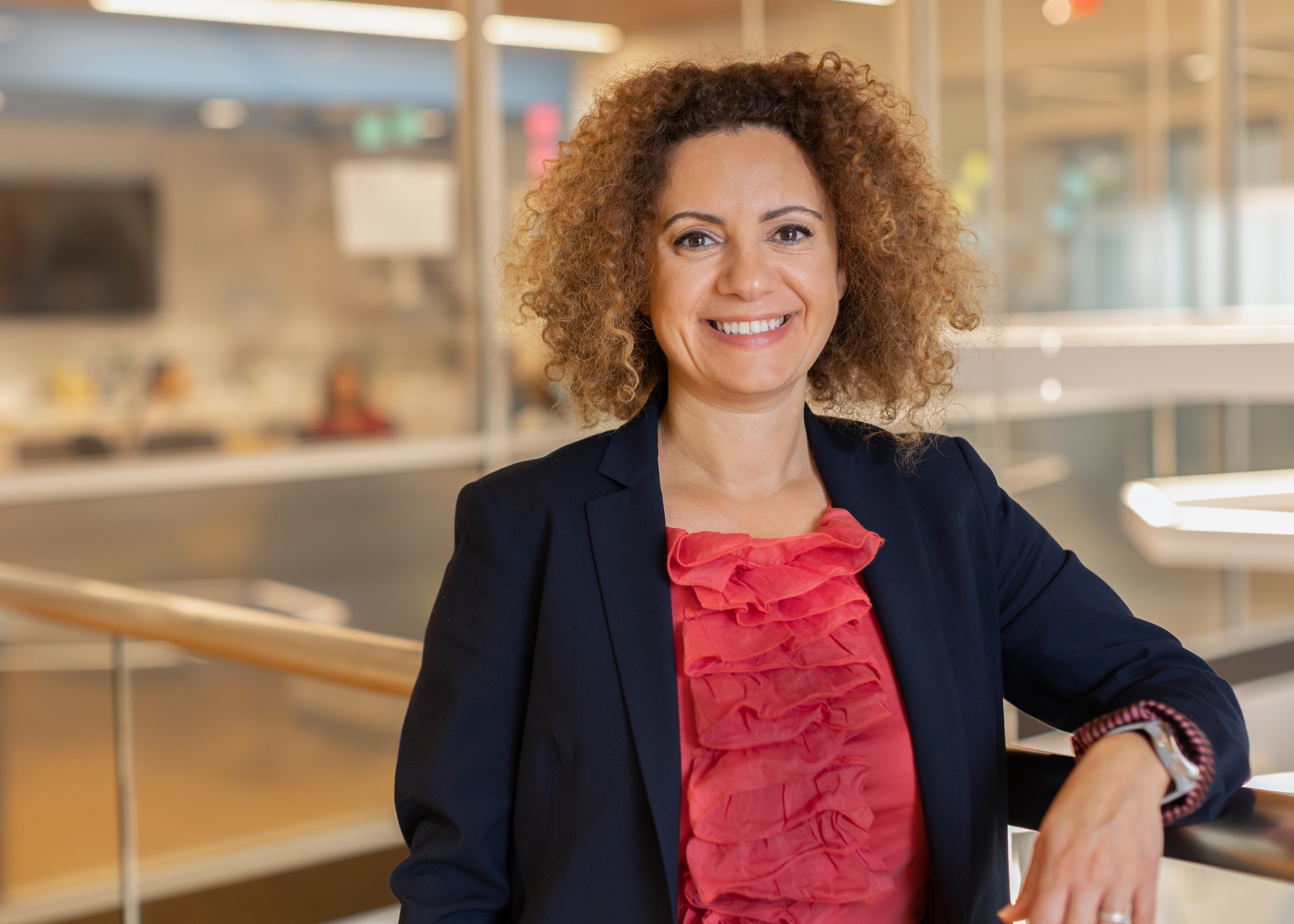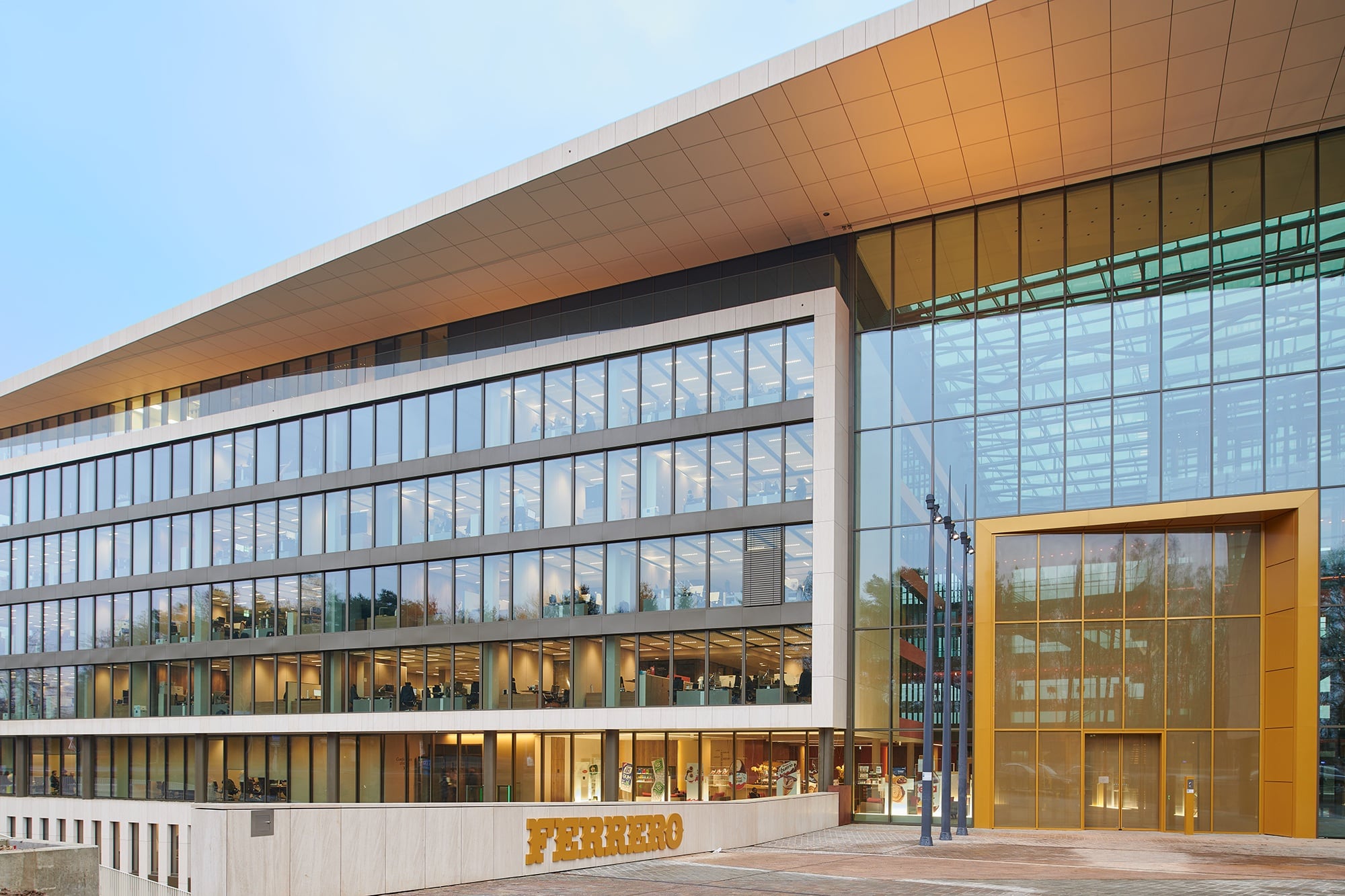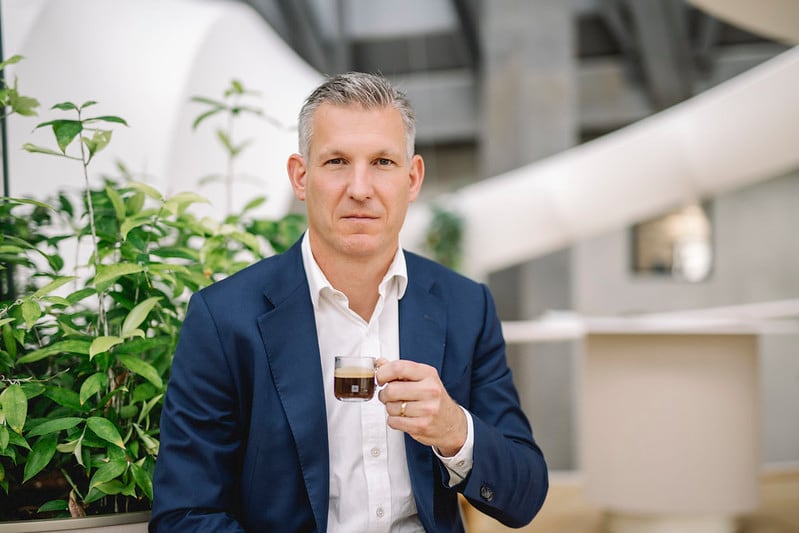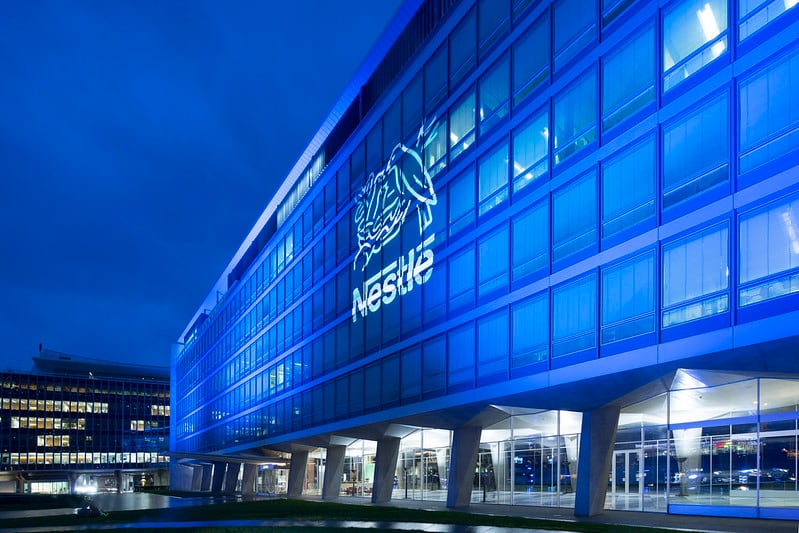I speak to Rania Abou Samra on one of the stormiest days the UK has seen in quite some time - it’s blowing a gale out there. She however is utterly unphased, sitting as she is, in sunny Dubai and smiling at me through the computer screen.
“It’s beautiful out,” she tells me happily. And I’m only a little bit jealous... okay maybe more than a little bit.
She’s based in Nestlé’s MENA office, where she heads up innovation, and research and development. I first heard her speak at Future Food-Tech London in 2024, and have been eager to discuss all things innovation with her ever since. She’s only too pleased to oblige.

Nestlé’s coffee revolution
“The one I love to talk about the most is coffee,” she tells me. “It all started with Nescafé, one of the earliest soluble coffee products.”
Launched on 1 April 1938, Nescafé actually supported the war effort, during World War II, by supplying British and American troops with coffee for their ration packs.
“That’s how soldiers were able to drink coffee during the war,” she explains.
And for history fans out there, you can see an example of the original tin it was stored in, at the Nestlé museum in Velvet, Switzerland.
Now, from the Swiss company’s first coffee innovation to its most recent, and it’s another of Abou Samra’s favourites - Nespresso.
The hugely popular coffee pod system was the brainchild of Nestlé engineer Eric Favre, back in 1986. Since then, it’s become one of the brand’s most popular products, been copied by most of their competitors, and is valued at over $3.4bn (€2.9bn - Market Research Future).
“It’s an innovation that turned into an amazing success story,” she says.
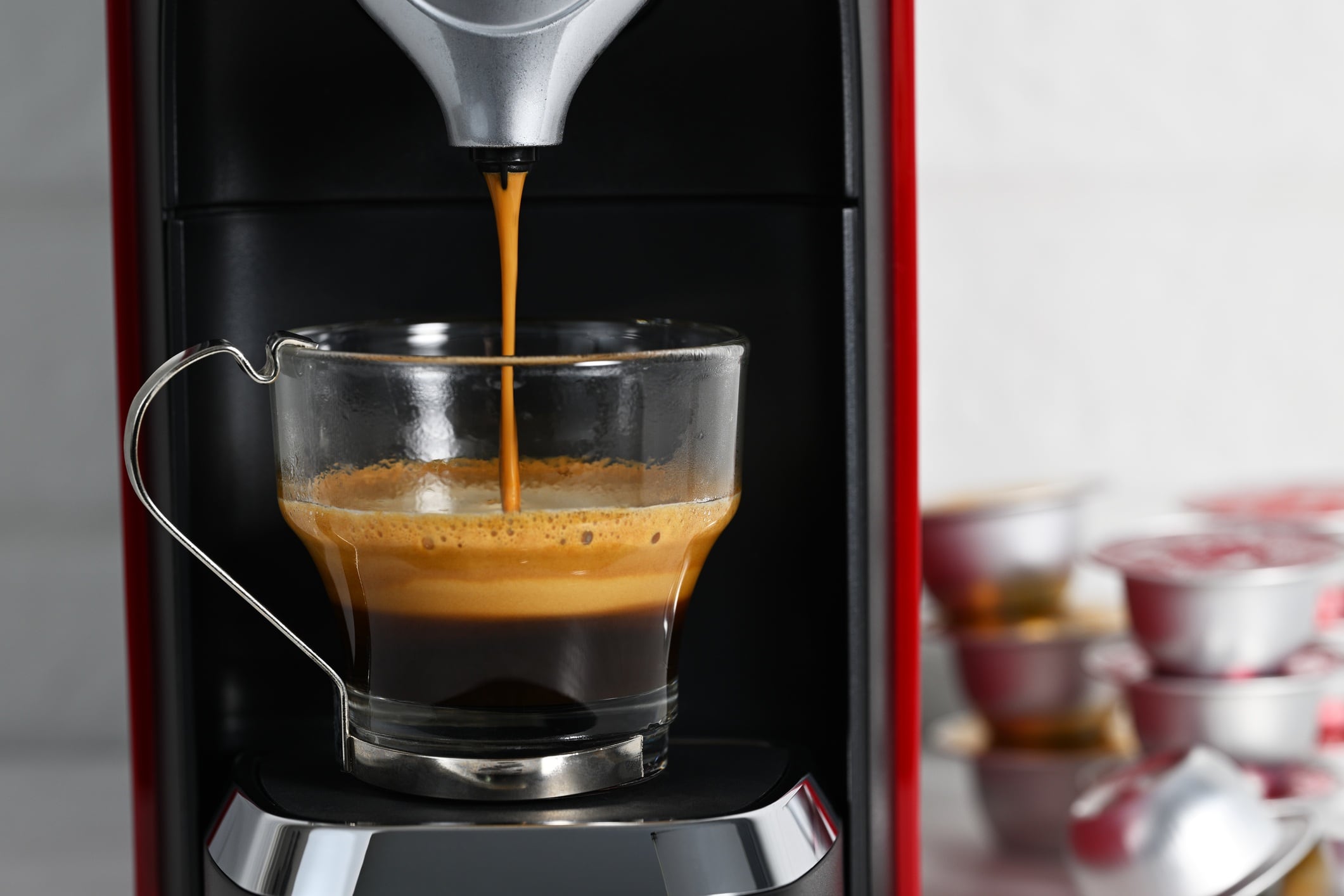
Research and development at Nestlé?
So, we’ve heard about her favourite innovations from the women and men who went before her, but what about her own brilliant work?
For this, we travel to the US state of New Jersey, where she led the technology and product development division of Nestlé Health Science, until her big move to the UAE earlier this year.
One of her proudest achievements, she says, was spearheading the creation of a pioneering high-protein nutritional drink, designed specifically for elderly individuals with diminished appetites.
The innovation was born out of a deep understanding of the challenges faced by ageing populations, particularly those in institutional care, who often struggle to consume enough protein due to a natural decline in appetite and a tendency to avoid protein-rich foods like meat and dairy.
“My own grandmother is 85 years old, and every time I see her I have to sit down and have a conversation with her about proper nutrition,” she says.
Recognising that protein is essential for maintaining muscle mass and preventing frailty-related complications such as falls and fractures, she and her team set about developing a dairy-based drink with the highest concentration of protein (16g per 100ml) on the market. It contains the complete amino acid profile needed to support muscle regeneration, making it a powerful tool in promoting recovery and improving quality of life.
“The goal was to ensure that every sip delivered maximum nutritional value, allowing patients to meet their dietary needs without having to consume large volumes of food or drink.”
This was not only a technical breakthrough in terms of formulation and protein density, but also a compassionate response to a global problem.

How does Nestlé innovate?
Now, onto the question we all want the answer to - how does the biggest CPG in the world create new products? How does it come up with the likes of Nescafé and Nespresso?
“It’s an art,” she tells me cryptically.
And really, she’s right. Because if there were a roadmap for creating a world-famous product then everyone would be doing it, and no new product launch would ever fail. We all know that’s not the case.
Though she is happy to share a few of her creative secrets with us.
Don’t worry, we won’t tell anyone..!
“It starts with understanding what the consumer needs are,” she says. “We try to avoid people coming up with ideas on their own - it has to come from a consumer understanding.”
They talk with retailers and industry partners to get an idea of what customers really want.
But what makes her job really exciting - at least it sounds like the most exciting part to me - is that she can create for any category across the company.
And, while she might be working in the Middle East, her products could end up on shelves in any country on any continent.
“Innovation is happening globally,” she tells me. “We have centres around the world, and each one is working on global innovations. The whole point of these global innovations is to roll them out to most markets.”
So what inspires her. Where do her ideas come from?
“I love innovation, and I get inspiration everywhere. Whenever I’m at a conferences, even when I’m grocery shopping.”
She wants to make one thing very clear though - innovation, and research and development cannot and should not work in isolation from the business, especially the marketing teams.
“We call it the ‘two in a box’. Where you bring in someone from R&D and technical, and someone from marketing and consumer, and they work together to come up with the winning proposition. And once you have this winning proposition put together, you have to test the consumers again - even if it’s just a paper concept, you have to make sure it resonates with the consumer.”
Once that’s done, and the team is happy the concept resonates with consumers, the product development work starts - also known as the “benchtop formulations”.
From there, it’s onto the pilot plant, then the factory for manufacturing, and finally onto supermarket shelves.
Oh, and running alongside every stage, she points out, is the safety and quality testing, as well as regulatory checks.
“So that’s in a nutshell,” she tells me, though we know there’s a lot more to each and every one of those stages than she and I could ever discuss during an interview. It’s a lengthy and complex process.
AI’s role in innovation
I couldn’t speak with the head of innovation for any CPG - big or small - in 2025, and not touch on the role of AI.
And her response is simple:
“If you’re not into AI, you’re not going to survive. It’s not just about Microsoft Copilot or Chat GPT, it’s about digitally transforming your value chain end-to-end with innovation. With AI you go faster - you iterate faster, you test faster. It’s a no brainer. If you’re not doing it that way, if you’re still doing the pen and paper method, then you’re going to go extinct very fast.”

Innovating for real-life problems
As our conversation winds down, the storm outside my window is still raging, but I’m feeling oddly uplifted. Maybe it’s the caffeine from my third cup of coffee that day, or maybe it’s just Abou Samra’s infectious enthusiasm for innovation. Either way, it’s clear that Nestlé’s future is in good hands.
Her journey is a reminder that innovation isn’t just about flashy tech or billion-dollar ideas, it’s about solving real problems for real people. Whether it’s helping elderly patients get the nutrition they need, or dreaming up the next big thing in the snack aisle.
And while I might still be a little jealous of her sunny Dubai backdrop, I’m mostly just inspired. Because if there’s one thing her story shows us, it’s that great ideas can come from anywhere, even a windswept Teams call between London and the UAE.
Oh and, in case you’re wondering, my favourite Nestlé innovation is the KitKat - because really nothing goes better with a cuppa!



